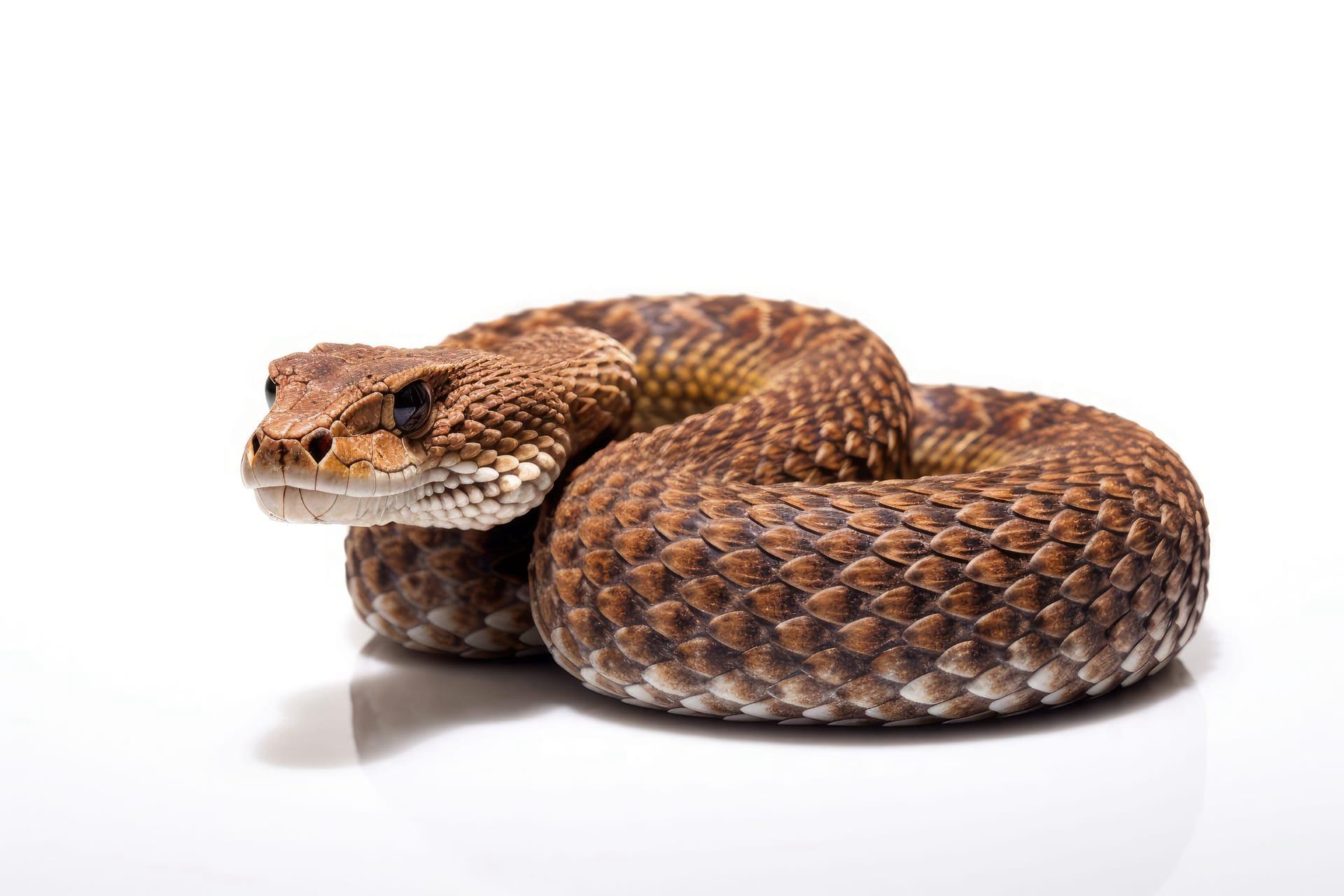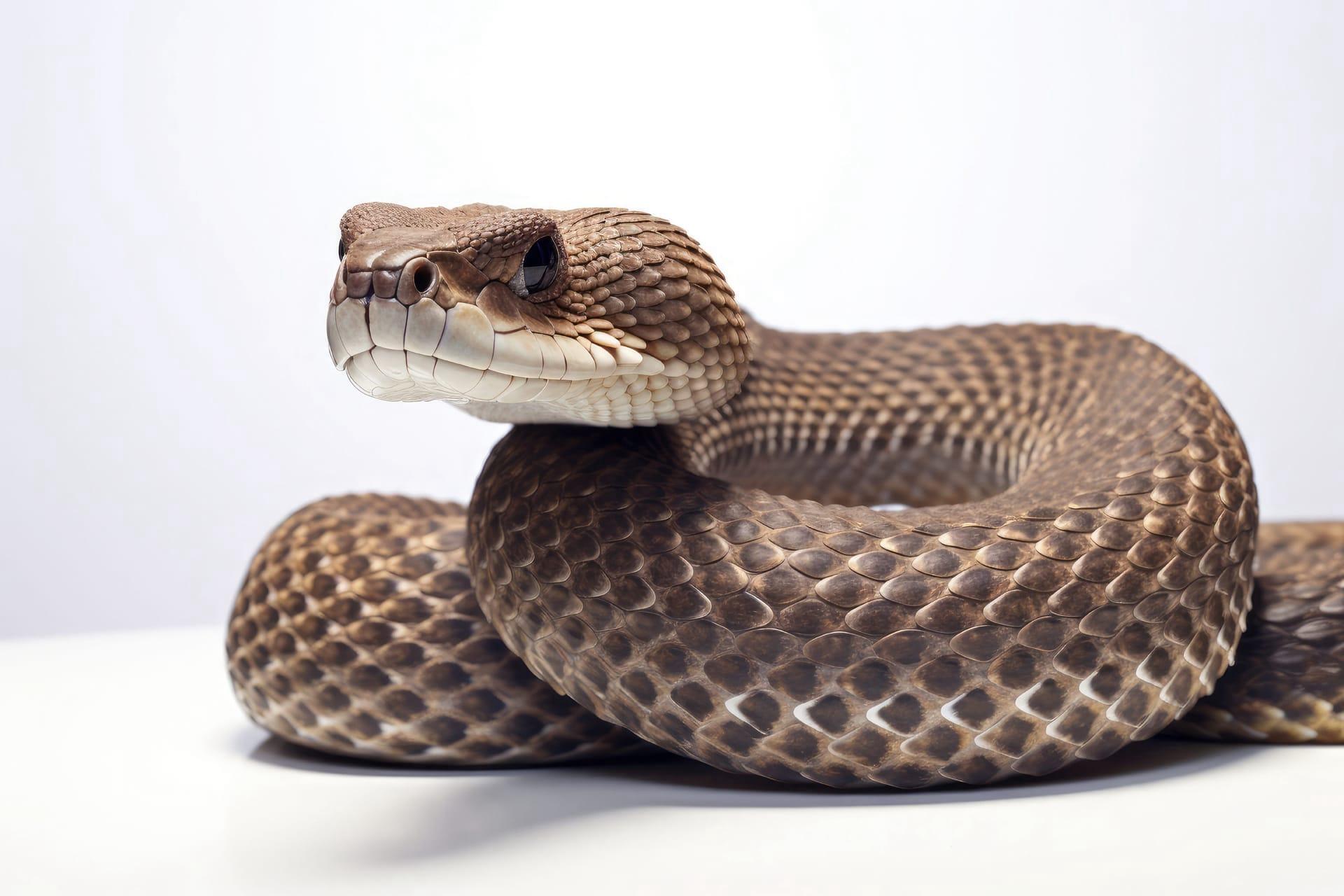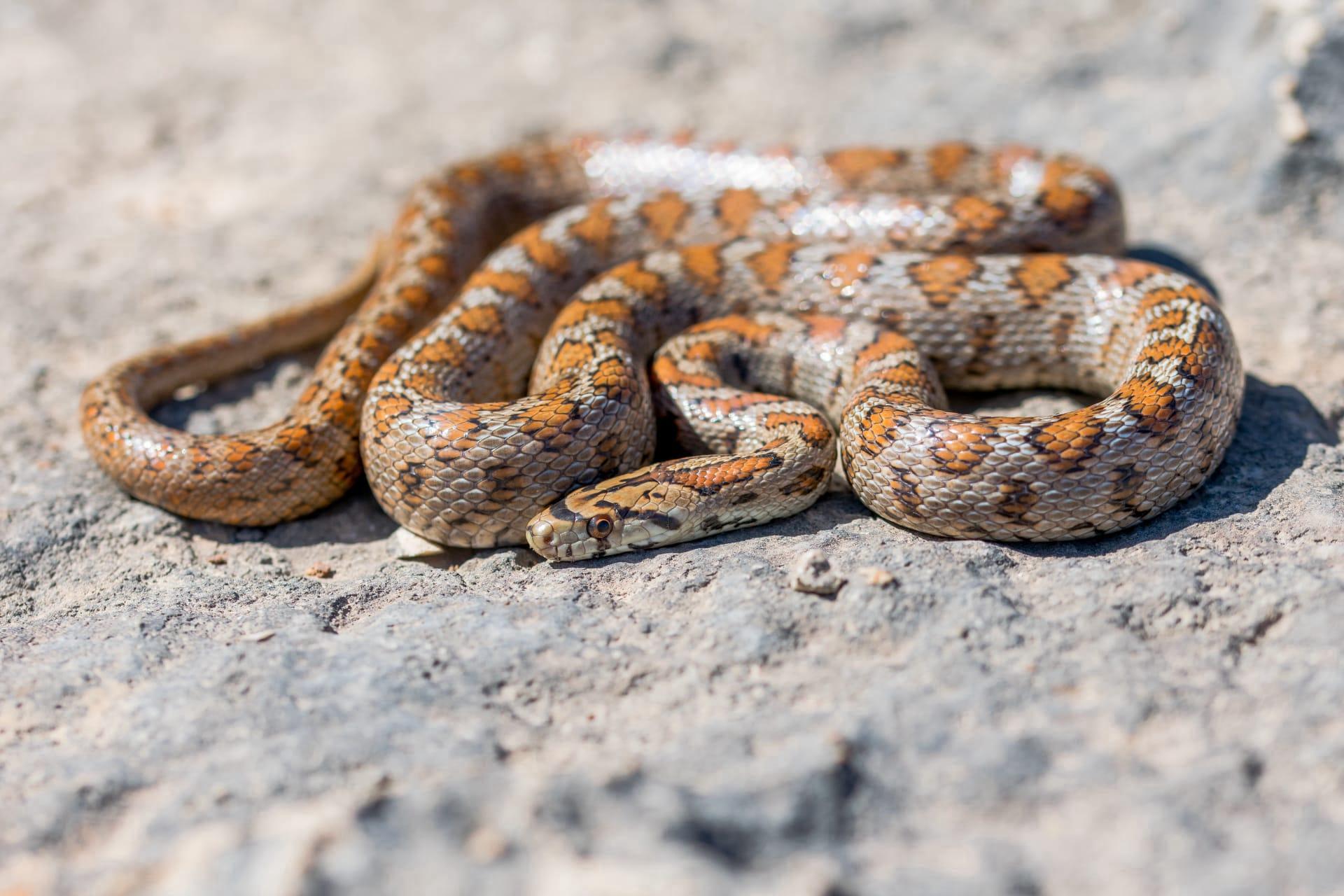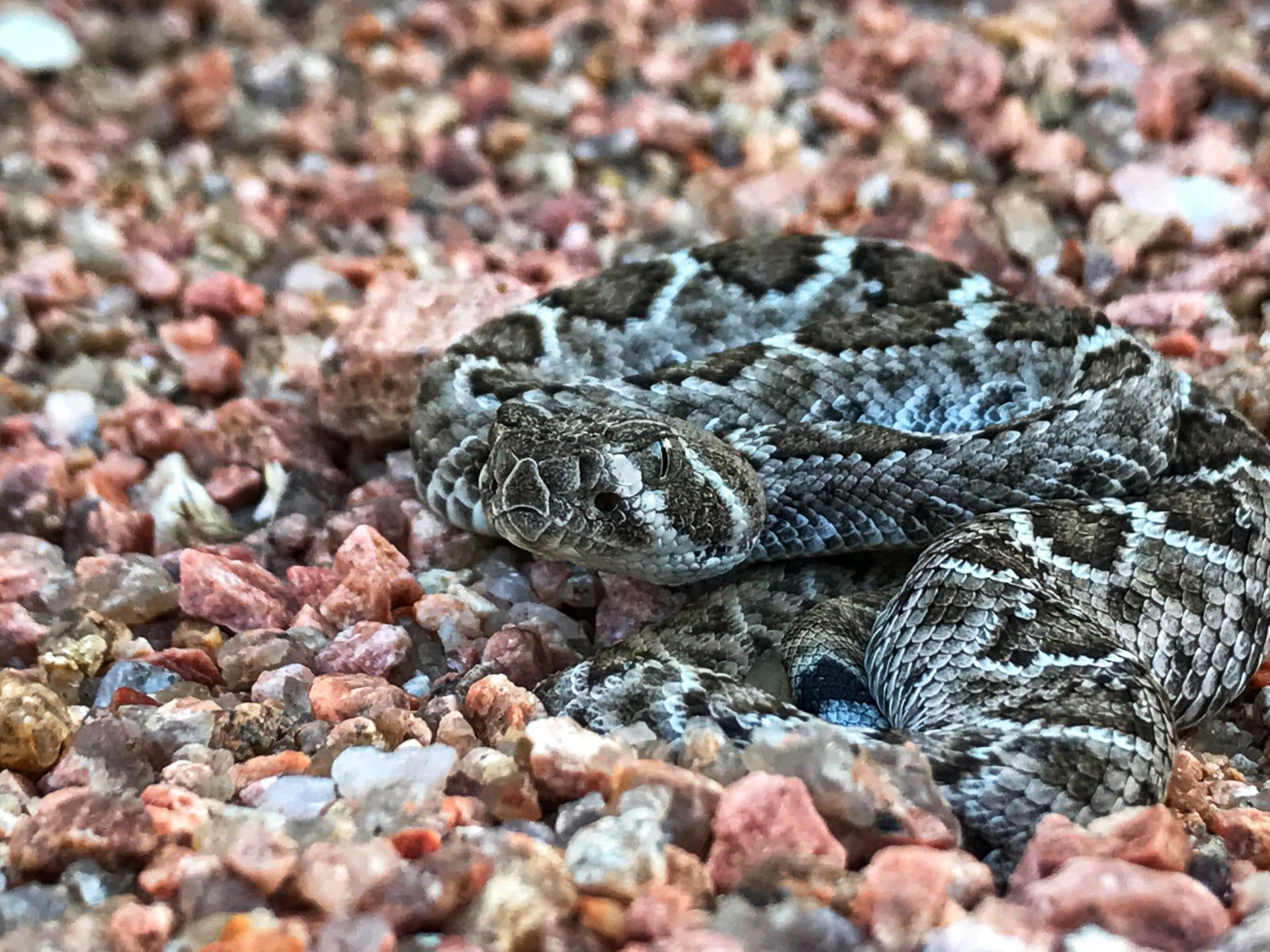Diamondback Rattlesnake Characteristics
- Home /
- Mini Encyclopedia /
- Animal /
- Diamondback Rattlesnake Characteristics
1
Diamondback rattlesnakes, a name that echoes with the mystery and danger of the wild, are one of North America's most recognized snakes. Known for their distinctive diamond-shaped patterns, these snakes can grow to an impressive length of 5 to 6 feet, making them one of the largest rattlesnake species. Their lifespan is quite remarkable too, with many living up to 20 years in the wild, a testament to their resilience and adaptability.
The most distinctive organ of the diamondback rattlesnake is, undoubtedly, its rattles. These segments, made of keratin, are located at the end of their tails. Each time the snake sheds its skin, a new segment is added to the rattle. Contrary to popular belief, the number of segments doesn’t accurately indicate the snake’s age, as segments can break off. The rattle serves a vital purpose – when vibrated, it produces a distinct buzzing sound, a warning signal to potential threats to steer clear, showcasing an incredible blend of biology and behavior for survival.

2
Question: What do diamondback rattlesnakes eat and how do they hunt?
Answer: Diamondback rattlesnakes are carnivorous, with a diet primarily consisting of small mammals like rabbits, squirrels, and mice. They are ambush predators, using their excellent camouflage to blend into their surroundings. When a prey item comes close enough, they strike with lightning speed, injecting venom through their fangs. This venom is a potent cocktail of enzymes and proteins, which not only immobilizes the prey but also starts the digestive process even before the snake consumes its meal. This hunting method reflects a perfect balance of patience, precision, and power in the animal kingdom.

3
Diamondback rattlesnakes possess a unique locomotion style known as 'sidewinding.' This movement, characterized by throwing their body in a sideways loop, is particularly useful in navigating the sandy deserts and scrublands they often inhabit. This technique reduces their body's contact with the hot surface and allows swift movement across loose or shifting terrain.
In terms of feeding, these snakes are known for their 'sit-and-wait' strategy. They often remain motionless, blending into the environment, waiting for an unsuspecting prey to venture too close. Upon spotting their target, they execute a rapid and precise strike. Their venom, extremely efficient in subduing prey, is a complex mixture that disrupts blood clotting and damages tissues, ensuring their meal cannot escape.

4
The diamondback rattlesnake thrives in varied habitats, from desert flats to forested hills. They are particularly common in the southeastern United States, adapting to environments ranging from arid desert to wet marshlands. This adaptability to diverse ecosystems is a key to their survival, showcasing their resilience in the face of changing landscapes.
Reproduction in diamondback rattlesnakes involves viviparity, meaning they give birth to live young instead of laying eggs. Female diamondbacks typically birth between 10 to 14 offspring after a gestation period of about six to seven months. Newborn snakes are independent from birth, equipped with venom and fangs, ready to take on the challenges of their environment. This reproductive strategy ensures a high survival rate for the young, as they are not exposed to the threats faced by eggs.

5
Book: "The Secret Life of Snakes" by Dr. Jane Smith, published in the USA, 2015. This book delves into the fascinating world of snakes, with a special focus on the diamondback rattlesnake. Smith, a renowned herpetologist, combines years of research with engaging narrative to explore the behavior, physiology, and conservation of these misunderstood reptiles. The book is a treasure trove of insights, shedding light on the diamondback’s habitat, hunting strategies, and its role in the ecosystem.
Book: "Venomous: How Earth's Deadliest Creatures Mastered Biochemistry" by Christie Wilcox, published in the USA, 2016. While covering a broad range of venomous species, this book provides intriguing details about the diamondback rattlesnake. Wilcox, a biochemist and science writer, offers a captivating look at how these snakes have evolved their venom for survival. The book blends science, history, and personal anecdotes, making it an enlightening read for anyone interested in the intersection of biology and the natural world.